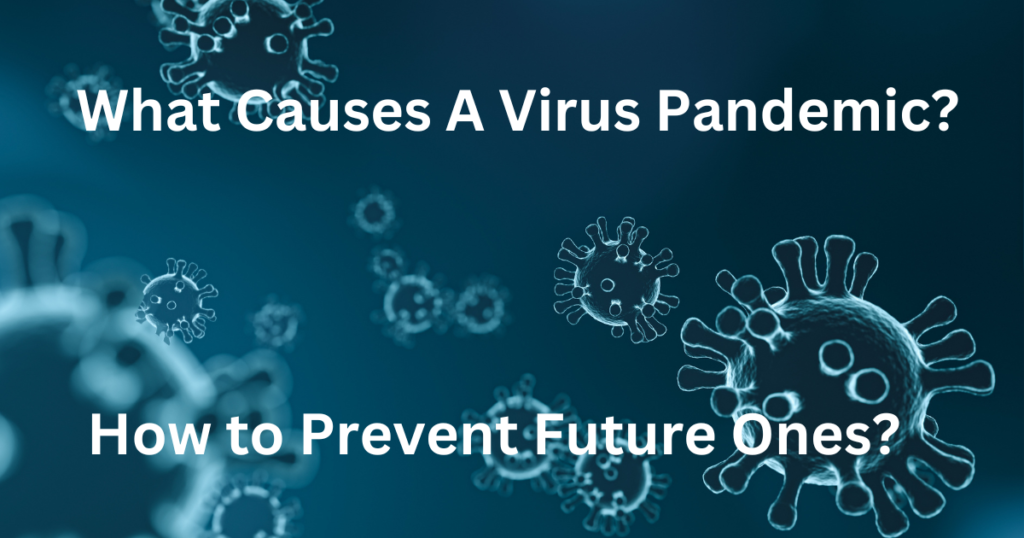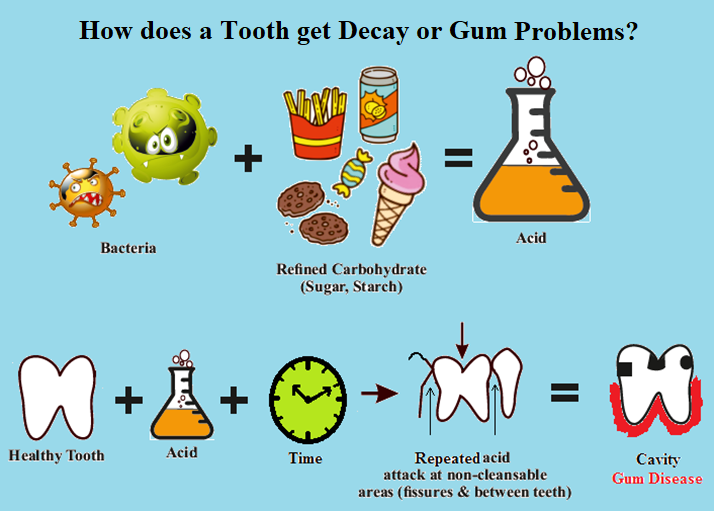
Virus Pandemic
“The single biggest threat to man’s continued dominance on the planet is the virus”. Joshua Lederberg, Ph.D., Nobel laureate, Film introduction: Outbreak (1995).
Introduction
The emergence of virus pandemic has not only captivated the attention of the global population but has also underscored the intricate interplay between human societies and the microbial world. Understanding what causes a virus pandemic and, more crucially, how to prevent future occurrences, particularly in the context of virus pandemic prevention, has become a paramount concern in our interconnected world. As we navigate the aftermath of recent pandemic events, exploring the origins and dynamics of these outbreaks equips us with the knowledge needed to fortify our defenses and shape strategies that safeguard both public health and global stability.
What is Virus?
The human race was at its knees. You know how the Covid-19 virus pandemic impacted millions of lives worldwide. Viruses are the smallest and simplest infectious agents that can replicate only inside the living cells of an organism. As viruses lack their own structure, they are unable to replicate on their own and must infect a host cell to reproduce. When a virus infects a host cell, it inserts its genetic material in the host cell’s genes in order to create copies of itself. As the virus multiplies, the infected host cell bursts to release new viruses into the surrounding environment. These new viruses can then go on to infect other cells and even infect other organisms, leading to the spread of the virus and infection. Viruses can infect all life forms, from humans, animals, and plants to micro-organisms including bacteria and fungi. Most viral infections if occur in healthy individuals are usually asymptomatic or with mild symptoms.
Why do viruses mutate so frequently?
Like all other living forms, viruses also go through mutations throughout their lifespan. However, their genetic structure especially of RNA viruses lacks proofreading skills, which makes them undergo random “copying errors” (i.e., genetic mutations) during replication. This also makes them prone to high mutation rates. That’s why most pandemic infections are usually viral in origin. The more it circulates, the more it can change. However, the more virulent virus may be less transmissible, because it reduces the chances of transmission by killing the host. Viruses usually mutate in immunocompromised individuals. If viruses don’t get host cells, their population in the environment may decrease or remain stable.
Viruses may swap genetic material with the host to make a new “mixed” virus with unique properties. This may lead to horizontal gene transfer from a host to a virus or from a virus to a host, which plays an important role in the mutation and evolution of all organisms. All living forms including humans, plants, and animals are evolved from/by micro-organisms; however, micro-organisms are evolved to keep control on macroorganisms.
Why viruses are more dangerous?
Viruses are more unstable like an ion because they lack their own structure to reproduce. They must need a host to grow and replicate. Viruses enter the host cell by camouflaging and tricking it. They first incorporate their genome with the host genome and then multiply by “commandeering” and “hijacking” the host cell to produce more viruses. The infected cell doesn’t know that the commandeering is by the virus, and thus unknowingly becomes a virus factory. New viruses then burst out of a host cell and enter into new cells to repeat the process. This makes a host helpless, functionless, and even defenseless. You felt sick because your body is fighting the virus.
However, there are some helpful viruses and bacteria that live inside you, called mutualists. These microbes help guard your body against more dangerous infections. Some viruses help plants survive cold or drought better. The good bacteria in your gut help you to digest your food and make vitamins that you can’t make yourself. Some bacteria turn milk into yogurt or cheese for us to eat. Microbes in the soil and ocean cycle nutrients in the environment.
Viruses can cause acute (short-lived) or chronic infections, which can last for weeks, months, or a lifetime. The type of infection depends on viral virulence, viral load (quantity), and the host’s immune system. Some viruses remain dormant (latent) in the host which is impossible for our defense system to eradicate. The dormant viruses may not cause symptoms at first but can reactivate periodically whenever the host’s defense weakens. Viruses are also capable of causing many cancers in humans.
What causes pandemics and how to prevent future ones?
Most of the infectious diseases that affect humans start in animals, including wildlife and domestic animals like pigs and chickens. Humans, animals, plants, and the environment continuously exchange microbes, which is a natural process of life. However, whenever humans exploit nature and disturb the balance of the ecosystem, there is wider and uncontrolled germ exchange which can give rise to mutations and pandemic infections. Deforestation and more land acquisition for agricultural purposes push wildlife out of their homes. Uncontrolled and unnatural animal farming to meet growing demands brings humans and animals into close contact causing more germ transfer from animals to humans. Tricking with nature can give rise to dangerous species.
Conclusion
We all are evolved by microorganisms and radiation. Microorganisms depend on macro-organisms. But, micro controls macro. Microorganisms control humans, animals, and plants and maintain a balanced ecosystem. Humans, animals, plants, and the environment continuously exchange microbes, which is a natural process of life. Actually, microbes are the building blocks of our immune system. However, whenever humans exploit nature and disturb the balance of the ecosystem, which may result in pandemic infections. Furthermore, our lifestyle, refined food, and overuse of chemicals, medicines, and antibiotics give birth to a weak host and a powerful viral strain; a perfect situation for pandemic infection. Whatever you do will come back to you. It’s a vicious cycle e.g., chemicals/antibiotics → drain/excretion → water → environment → mutations → germs/plants/animals/fish → food → us, and so on. We have to take care not just of our health but the health of our planet too. We are not safe until our planet is safe.
FAQs
Q1. What is virus?
Viruses are sub-microscopic infectious agents that can replicate only inside the living cells of an organism.
Q2. Can viruses infect all living things?
Viruses can infect all life forms, from humans, animals, and plants to micro-organisms including bacteria and fungi.
Q3. Why viruses infect living organisms?
As viruses lack their own structure, they are unable to replicate on their own. Viruses replicate only inside the living cells of an organism. It is the only way they can survive and reproduce.
Q4. Why do viruses cause most pandemics?
The genetic structure of viruses lacks proofreading ability, which makes them undergo random “copying errors” (i.e., genetic mutations) during replication. This also makes them prone to a high mutation rate, which ultimately gave birth to a highly contagious and dominant viral strain.


